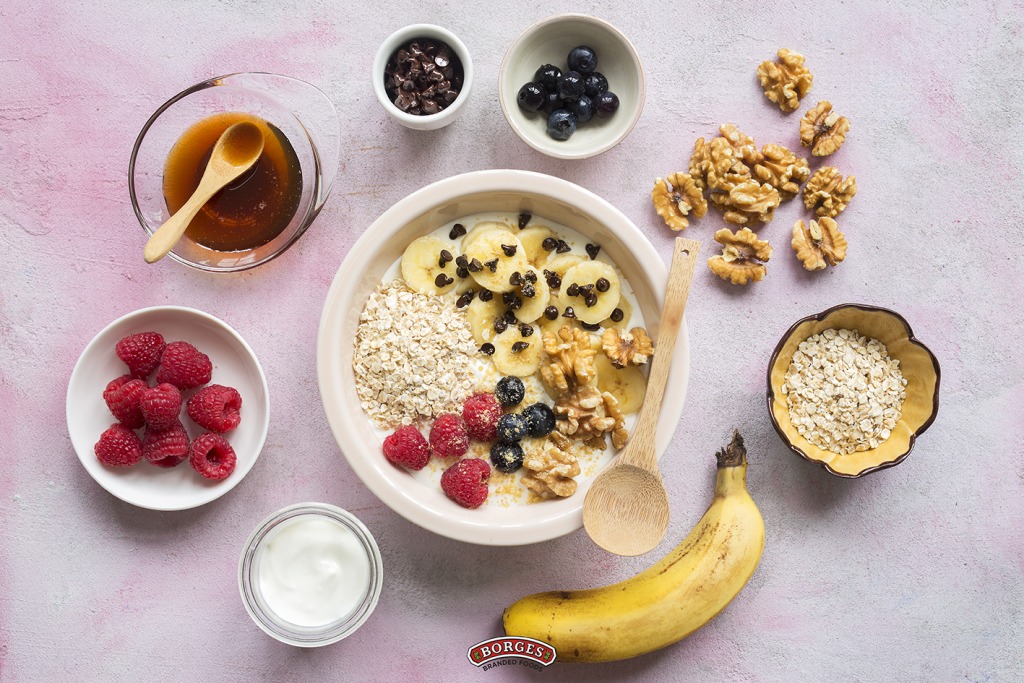Their bodies have suddenly started to grow and become adult in form and their mood often swings wildly from one extreme to the other. They’re not some kind of exotic species: they’re teenagers! At this phase in life, their bodies are working at full capacity as they undergo drastic changes that call for specific foods.
If you’ve got teenagers at home, read these five keys to get a better understanding of what their body needs, why, and where to find it.
Energy!
Children need more energy as they move into puberty, although it varies depending on their sex, age, weight and how much physical activity they do. They get this energy from proteins, fats and carbohydrates and it plays a key role in their internal body functions, as well as their everyday activity. The bulk of their energy should come from carbohydrates (50–55% of the total), found in foods like pasta, rice, pulses, fruit and vegetables.
Proteins for strong bones and muscles
The tissues in teenagers’ bodies, such as bones and muscles, grow tremendously, and this is where proteins come into play. Proteins can be found in eggs, dairy products, meat and fish, as well as nuts and pulses. Make sure they get enough fat and carbohydrates as well as proteins, or else their body will draw on their protein intake to boost their energy levels and the proteins won’t be used for what they’re really needed for.
Cut out saturated and trans fats
In the same way that carbohydrates provide instant energy for cells, and proteins help tissue formation and development, fats are used by the skin and hair, as well as helping dissolve certain vitamins and ensuring organs like the brain work properly. Between 25% and 30% of their total recommended energy intake should come from fats, but less than 7% should be saturated fats and under 1% should be trans fats. Steer clear of readymade meals and mass-produced pastries, cook with olive oil and encourage them to eat a handful of nuts a day.
Calcium, iron and zinc: teenagers’ minerals
Calcium is key for building up bone mass; iron, for forming muscle and blood tissues; and zinc, for reaching sexual maturity and synthesising proteins. These three minerals should be present in every teenager’s diet; you’ll find them in foods such as almonds, hazelnuts, cheese, yogurt, pulses, meat and fish.
Vitamins, vitamins, vitamins
During puberty, teenagers need lots of vitamins: vitamin A for growth and cell reproduction; vitamin D for healthy bones; and folic acid, vitamins B6 and B12 for tissues and for protein metabolism. Foods such as liver, fatty fish, eggs, milk and dairy products, as well as fresh fruit and vegetables are all rich in different vitamin groups.

